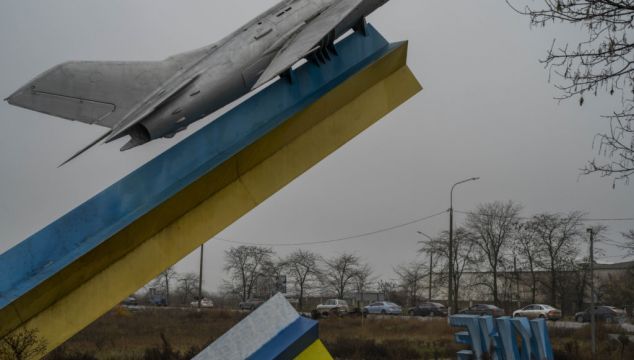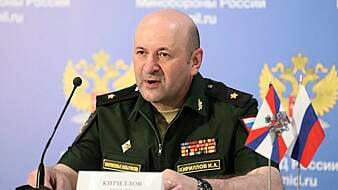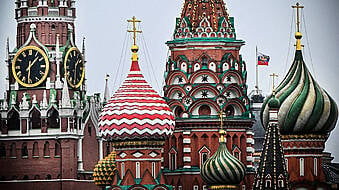Shelling by Russian forces struck several areas in eastern and southern Ukraine overnight as utility crews continued efforts to restore power, water and heating following widespread strikes in recent weeks, officials said on Sunday.
With persistent snow blanketing the capital, Kyiv, analysts predict that wintry weather – bringing with it frozen terrain and gruelling fighting conditions – could have an increasing impact on the direction of the conflict that has raged since Russian forces invaded Ukraine more than nine months ago.
But, for the moment, both sides are being bogged down by heavy rain and muddy battlefield conditions in some areas, experts said.

After a blistering barrage of Russian artillery strikes on at least two occasions over the past two weeks, infrastructure teams in Ukraine were fanning out in round-the-clock deployments to restore key basic services as many Ukrainians struggle with only a few hours of electricity per day – if any.
State power grid operator Ukrenergo said on Sunday that electricity producers are now supplying about 80% of demand – an improvement from Saturday’s 75%.
The Institute for the Study of War (ISW), a think tank that has been closely monitoring developments in Ukraine, said reporting from both sides indicates that heavy rain and mud have had an impact – but wider freezing expected along the front lines in coming days could play a role.
“It is unclear if either side is actively planning or preparing to resume major offensive or counter-offensive operations at that time, but the meteorological factors that have been hindering such operations will begin lifting,” it said in a note published on Saturday.
ISW said Russian forces are digging in further east of the city of Kherson, from which they were expelled by Ukrainian forces more than two weeks ago, and continued “routine artillery fire” across the Dnipro River.
In the eastern Donetsk region, five people were killed in shelling over the past day, according to governor Pavlo Kyrylenko.
Overnight shelling was reported by regional leaders in the Zaporizhzhia and Dnipropetrovsk areas to the west.

Kharkiv governor Oleh Syniehubov said one person was killed and three others injured in the north-eastern region.
A day earlier, a long column of cars, vans and trucks drove away from recently liberated Kherson after intense shelling in recent days and amid concerns more pummelling from the Russian forces nearby could loom again in coming days.
“The day before yesterday, artillery hit our house. Four flats burned down. Windows shattered,” said city resident Vitaliy Nadochiy, who was driving out with a terrier on his lap and a Ukrainian flag hanging from a sun visor.
“We can’t be there. There is no electricity, no water, heating. So we are leaving to go to my brother.”
The top UN official in Ukraine said civilians continued to pour out of Kherson on Sunday.
“The level of destruction, the scope of the destruction, what’s required in the city and in the oblast — it’s massive,” said UN resident coordinator Denise Brown.
UN teams were ferrying in supplies including food, water, shelter materials, medicines, and blankets and mattresses, she said.
“Time is of the essence, of course, before it becomes an absolute catastrophe,” Ms Brown said.







